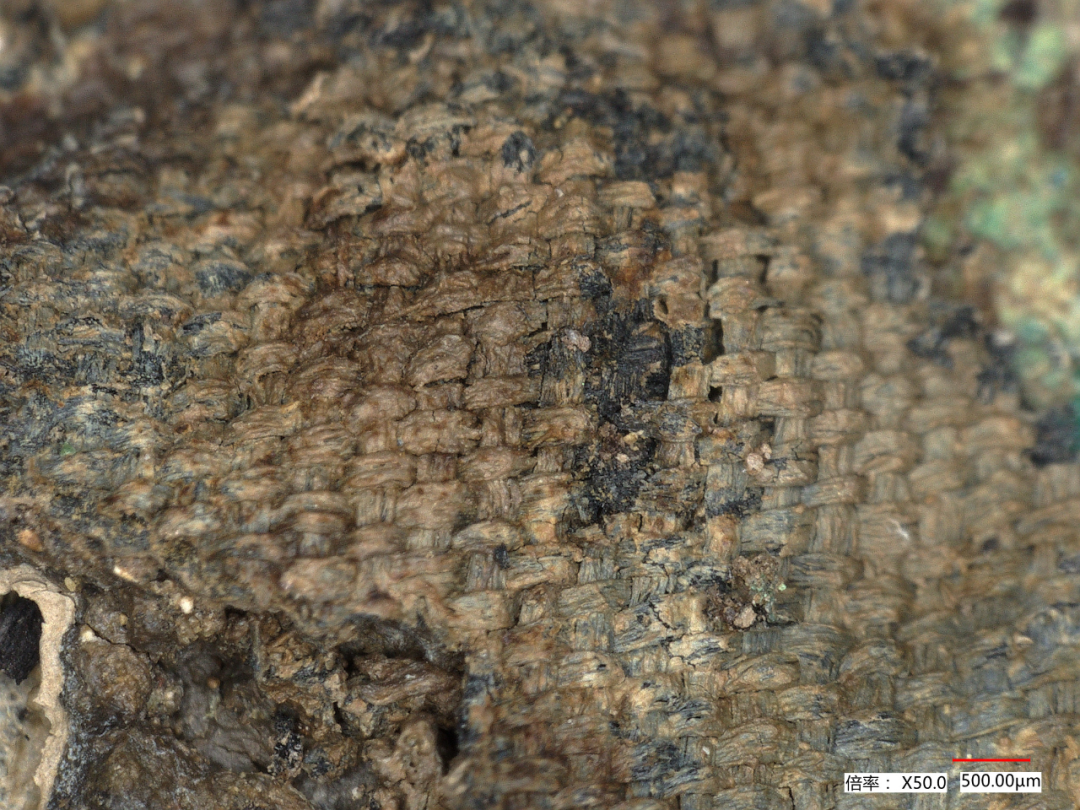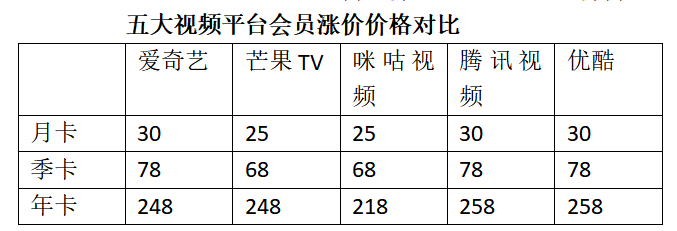What did Samsung Dou find silk?
Author:Harbin Daily Time:2022.06.16

The Sichuan Provincial Institute of Cultural Relics and Archeology recently announced the latest archaeological results of the Sanxingdui site in Guanghan City, Sichuan. In addition to a large number of bronze, jade, gold, ivory, etc., archeologists also through scientific and technological methods such as microbetry analysis, and in Sanxingdui "sacrifice pit" I found the silk.

Silk residue on the "sacrifice pit" bronze residue. (Photo Conferring in Sichuan Provincial Institute of Cultural Relics and Archeology)
The Sanxingdui site was first discovered in 1929. In 1986, there were 1,720 precious cultural relics such as gold rods, masks, god trees, and ivory carvings unearthed in 1986. So far, the number of bronze, jade, goldenware, pottery and ivory unearthed from Samsung Dou has exceeded 50,000 pieces.
Since 2020, the Sichuan Provincial Institute of Cultural Relics and Archeology, Peking University, Sichuan University and other scientific research institutions and universities formed a joint archeological team to launch in -depth excavation research on the sacrifice area. Next to the "sacrifice pit" No. 1 and 2, they have been discovered. Six "sacrifice pits" from No. 3 to 8, about 3000 years ago.
Ran Honglin, director of the Sanxingdui Institute of Archeology, Sichuan Provincial Institute of Cultural Relics and Archeology, introduced that after thousands of years of burial, Sanxingdui has no longer the "face value" of the year, but archaeologists use micro -observation and silk protein analysis. Silk was found in a "sacrifice pit", some attached to the unearthed cultural relics such as bronze wares, and some "hidden" in the ashes.
Zhou Yan, deputy director of the China Silk Museum, who participated in the excavation, protection and research of Sanxingdui silk fabrics, told reporters that the No. 4 "sacrifice pit" accumulated a 15 cm ashes layer. Through analysis and detection, strong detection can be detected at different levels. Silk protein signal, this is the brocade ash left after burning the silk. Such a thick brocade ash can see the richness of the ancient Shu Kingdom.
According to Zhou Yan, the principle of looking for silk residues at the archeological site is the antigen antibody response. Based on this immunology principle, the research team has developed a kit similar to the "pregnancy test stick". Find silk in the relics that have been muddy, gray, carbonized, and mineralized. It is based on this micro marks detection technology that "finds silk in invisible" that we are more confident to come to Samsung Dou to find silk.
"Sanxingdui has been burned, buried, and may be immersed in water, and there are not many clues left to us. But we do their best, not only finding in the" sacrifice pit "of Sanxingdui, but also in the warehouse of Sanxingdui. The research object is not only unearthed, but also a pile of ashes. "Zhou Yan said.
After "thorough investigation", Zhou Yan's team found silk on the bronze snakes, bronze -shaped wares, and more than 40 utensils of Sanxingdui. "In addition to thick silk, there are also elegant and light silk, which can be imagined as elegant and agile like a gauze." Zhou Yan said.
"There are a large number of bronze blocks in the Sanxingdui warehouse. These bronze pieces have been obviously burned, and silk is found on this block. This is a very obvious silk, which is very clear. At that time, this silk was very thick and bright in color. "Zhou Yan said.
The discovery of silk is the result of multi -disciplinary cross -study and the protection of the extraction of cultural relics and microman information, which reflects the great progress of Chinese archeology. Archaeologists not only found silk in the six new "sacrifice pits", but also found it on the unearthed utensils of "Sacrifice Pit" in 1986. Zhou Yan found oblique fabrics in a very hidden corner of a bronze on the 2nd "sacrifice pit". This is the most common and the longest woven skills for humans.
Zhou Yan believes that the restoration of the society at that time, silk is a substance that cannot be ignored. The discovery of silk can definitely provide people with more information, understand how the ancient Shu ancestors express religion and how to think about the universe.
"The ancient Shu civilization represented by Sanxingdui and Sands is not only an important origin and component of Chinese civilization, but also one of the most distinctive regional culture in the ancient Chinese civilization community. Simultaneous factors. Whether it is the myth, legends, historical records, or archeological discoveries, Both Bashu and Central Plains have adhered to the roughly the same knowledge system and value system. "Zhou Yan said.
Source: Xinhua View Point


- END -
The five major video platforms rose a member price within half a year!

The Yangtze River Daily Da Wuhan Client June 18 (Trainee reporter Zhang Jinyu) On ...
Yuyi Journey Summer Sailing | 2022 Animation and Digital Art College Graduation Season Trailer

The 2022 graduation season arrives as scheduled. On June 27, 2022, the graduation ...